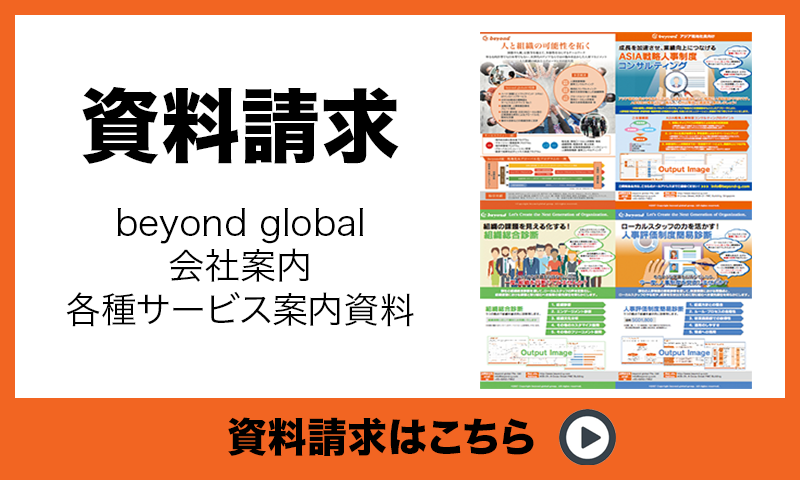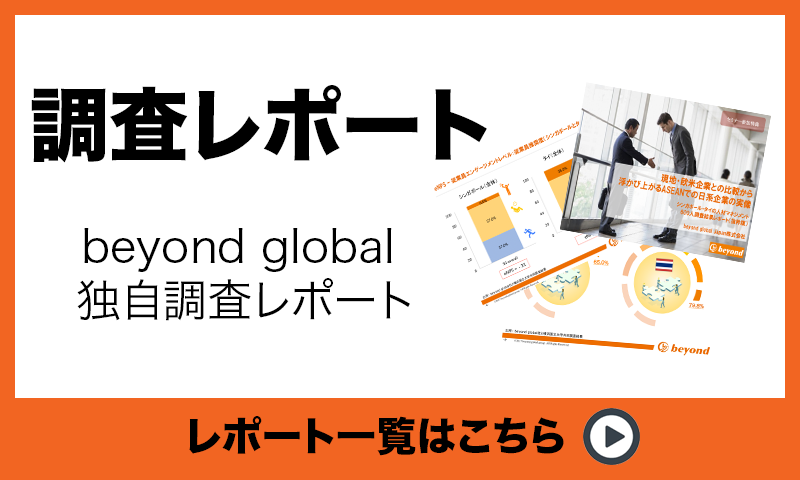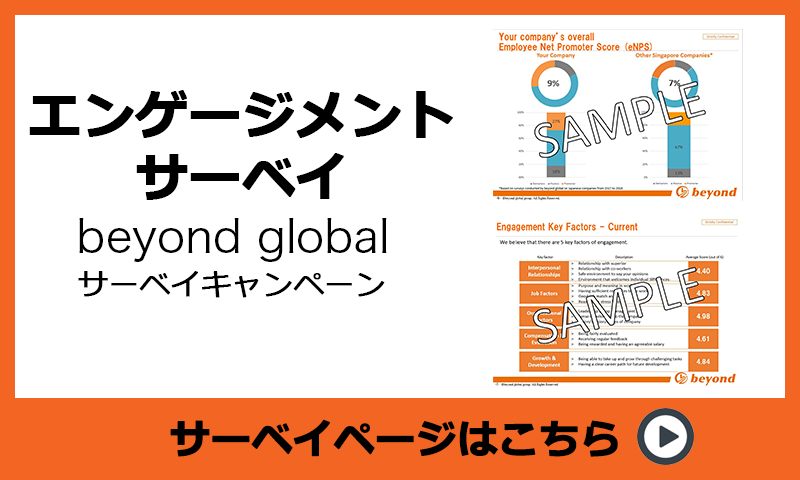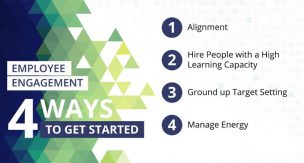
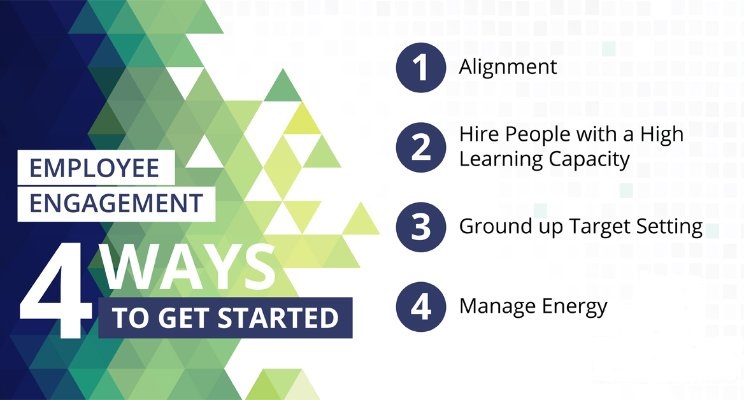
Highly engaged companies are 21% more profitable than those with low engagement (Gallup) and employee engagement is becoming a serious topic in Asia, finally.
On a recent trip to Tokyo, it was noted as a subject of vital importance to Japanese workplaces who suffer endemic presenteeism whilst at the same time enjoying very high levels of commitment. Service levels are extremely high but growth and intrapreneurship are very low.
The reasons for this almost entirely pertain to leadership styles (what doesn’t) which are high on control and fear and low on delegation and learning. The conscious investment in employee growth needed to operate outside of a command and control structure is rare. In the hotel industry in Japan for example, almost nobody is taught to operate a computer, really. This is not because hotel workers are resistant, but because the systems and processes are simply too rigid to enable skills and capability growth outside of strict job descriptions. The hotel becomes a strict, SOP based structure that lacks the human touch essential for a warm guest experience. This is not uncommon in many organisations throughout Asia.
In Indonesia, the problem is similar with subtle differences. Companies are also frequently rigid and hierarchical with a command and control attitude, “I employ, therefore you do.” Shouting and intimidation are the “go-to” styles for most managers which only breaks trust and encourages low performance. Risk (and therefore opportunity) avoidance are the result. High staff turnover is endemic.
Japan has a similar problem but with extremely low staff turnover. The culture of loyalty and commitment runs deep and employees regularly work marathon hours. According to a report by HR consulting firm Tower’s Watson however, employee engagement is amongst the lowest in the world and productivity is also amongst the world’s lowest. Paradoxically, Japan must surely rank as #1 for customer service and commitment. Although clearly successful, one wonders how successful (and happier) Japanese companies could become with highly engaged workforces contributing creatively and entrepreneurially and not focused solely on compliance.
About Command and Control
Command and control has its place, but it should be seen as a situational style/tool rather than an organisational structure. Whilst it’s appropriate when employees have low maturity and expertise it is not appropriate when employees are mature and educated enough be empowered. With few notable exceptions, companies in Japan and Indonesia operate rigid command and control structures which view mistakes not as learning opportunities but as career threatening sins. In such environments employee engagement is rare. Empowerment is feared (by both employees and leaders) whilst creativity and innovation have no hope. Who would dare to take a risk in such an environment? We are not referring to a repeated sloppy operational mistakes, here we are specifically referring to opportunities for organisational growth such as trying new products, testing new markets and optimising systems. The fear of failure is paralysing both psychologically and organizationally and in command and control structures fear is every present as “carrot and stick” is the only leadership style.
Sitting Ducks for Disruption
Incumbent organisations with huge workforces are high probability targets for disruption. To avoid disruption means to disrupt yourself before a lively startup begins literally buying your customers with unsustainable pricing models using VC funding, running at a huge loss until your organisation fades into history. Companies need to stay nimble and creative to get in 1st. Indeed companies such as Nintendo are a great example of self-disruption, bringing out new consoles whilst the old one is still strong in the market. Companies operating rigid structures with low skill, underpaid and under-developed employees are slow at any time of the year, but failing to leverage the creativity and abilities of their employees to stay nimble makes them sitting ducks.
A good example is the incumbent taxi firm in Indonesia who has been severely affected by taxi rivals such as Uber, Grab Taxi and Go-Jek. The company failed to see the coming wave of a technology-enabled taxi offering and the sharks fun model of a “dominate then legislate” startup. They have lost huge market share as a result of missing the opportunity to leverage technology through a shrewd business model (not to mention the subsequent lobbying) just as Uber has done worldwide. Failing to utilise a high employee engagement model has cost them dearly. Indeed, so dearly that the drivers of the incumbent took to the streets in Jakarta, burning Uber taxis and blocking streets, aghast at their rapidly declining incomes.
It is clear that engaging with employees and enabling them to contribute in a safe and responsive environment, free from fear, and high in entrepreneurship is the way forward and essential for being the disruptor and not the disrupted. The need for change is clear. Here’s our top strategies to start that change.
To Employee Engagement, 4 Top Strategies
1. Alignment.
No employee engagement initiative will ever be successful unless endorsed and embodied at boardroom level, period. The question is not whether we can create employee engagement, we have created employee engagement in the most adverse conditions, the question is whether the organisation can keep it. It’s a flame that’s easily extinguished.
A leading reason is the misalignment between boardroom and boots on the ground as well as a resistance to changing to new ways. Somewhere in the middle ground is a manager or supervisor who, for many reasons, misinterprets or distorts boardroom intentions from above whilst stopping upward communication dead in its tracks. This is the single most common reason we come across in our consulting work for not only low employee engagement but also poor performance.
2. Hire the people with a capacity for learning.
All change begins with the recruitment policy. Employee engagement requires delegation and delegating properly means giving the employee/team control of the “how” a project is delivered. There is a caveat, if tasks and projects are delegated to people who don’t yet have the ability in genuine expertise and maturity terms, disaster awaits.
It follows that a key task for any manager is to steadily and continuously grow the capabilities of their employees in a safe environment which includes delegating the right task to the right person at that stage of their development. This also means hiring the right people to begin with who a) want to learn and b) have the potential for greatness c) share the company values of (hopefully) continuous learning and high standards. Tech giants and investment banks do this very very well.
3. Ground up Target Setting.
Targets from above receive little commitment and usually create anxiety. The arbitrary stretch target of 10% is usually met by a groan from employees who sweated blood to scrape over the line the previous year. The solution, employees set the targets. “Are you nuts” I hear you cry. Actually, no.
In my years of setting up KPIs and business strategies for organisations, employees have almost always set higher targets than managers. That doesn’t just happen, of course, there is a definite and sequential process to be followed to get to that stage which is largely the psychology of commitment. Using this method, however, we can create employee engagement in ANY environment.
4. Manage Energy.
People get tired, that’s a fact. The brain uses sugar, that too is incontrovertible. Getting physically tired is easy to spot, becoming mentally fatigued in a workplace that values the marathon over the print is not so obvious. Employees in highly engaged workforces work hard, by definition, giving their extra effort and energy. Only by hiring people who share the company values and believe in its direction will you ever achieve engagement on those terms. An altruist working for Lockheed Martin will get tired very very quickly.
It’s important to take good care of highly engaged staff who may get tired without knowing and become less effective, de-motivated and worse. The latest thinking on workplace productivity and engagement is that we should work in sprints of, for example, 1 hour followed by a short renewal break as opposed to marathons (8 hours glued to the screen). Indeed, fatigue has featured in many of the most notorious disasters in history from Chernobyl to the Challenger Space Shuttle disaster. Both NASA and the nuclear plant likely had high engagement but a mix of fatigue and groupthink affected even them.
The rest is key. Resting allows for growth in capacity and the replenishment of energy in the 4 main systems. Being aware of this enabled one of our clients here at Beyond Global to improve productivity by a whopping 80%.
At Beyond Global, we are passionate about employee engagement. It’s a destination which makes for a happy workplace, happy employees, happy stakeholders and 21% higher profitability. Contact us at Beyond Global to learn more about maximising employee engagement at your organisation.
Latest posts by グローバルリーダーシップ研究所 beyond 編集部 (see all)
- 海外拠点で成果マネジメントを導入する際の3つの観点 - 2021年4月1日
- HRDグループ代表 韮原氏とbeyond global森田との対談:適材適所のタレントマネジメントで個の資質を最大限に活かす方法 Vol.2 - 2019年8月25日



